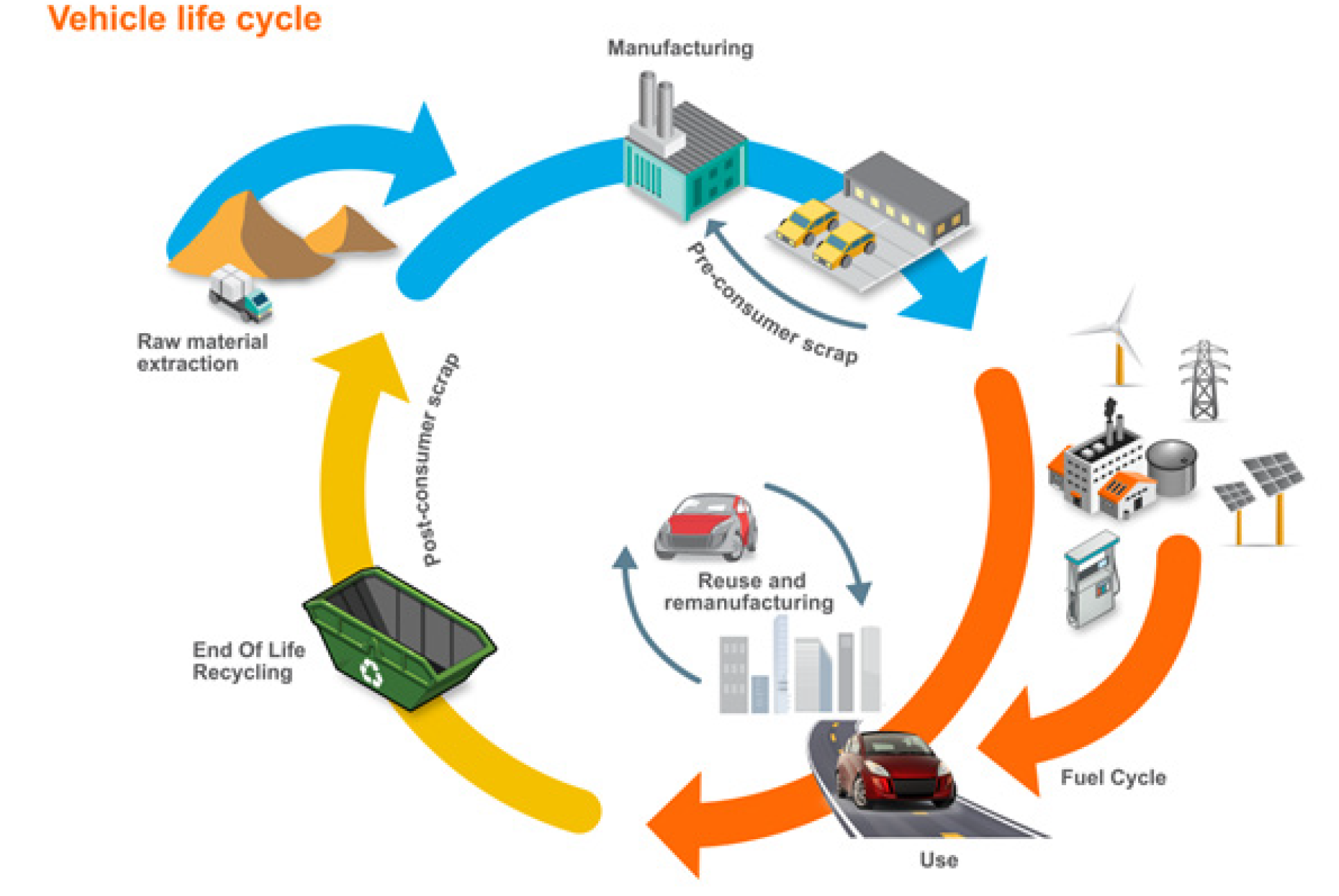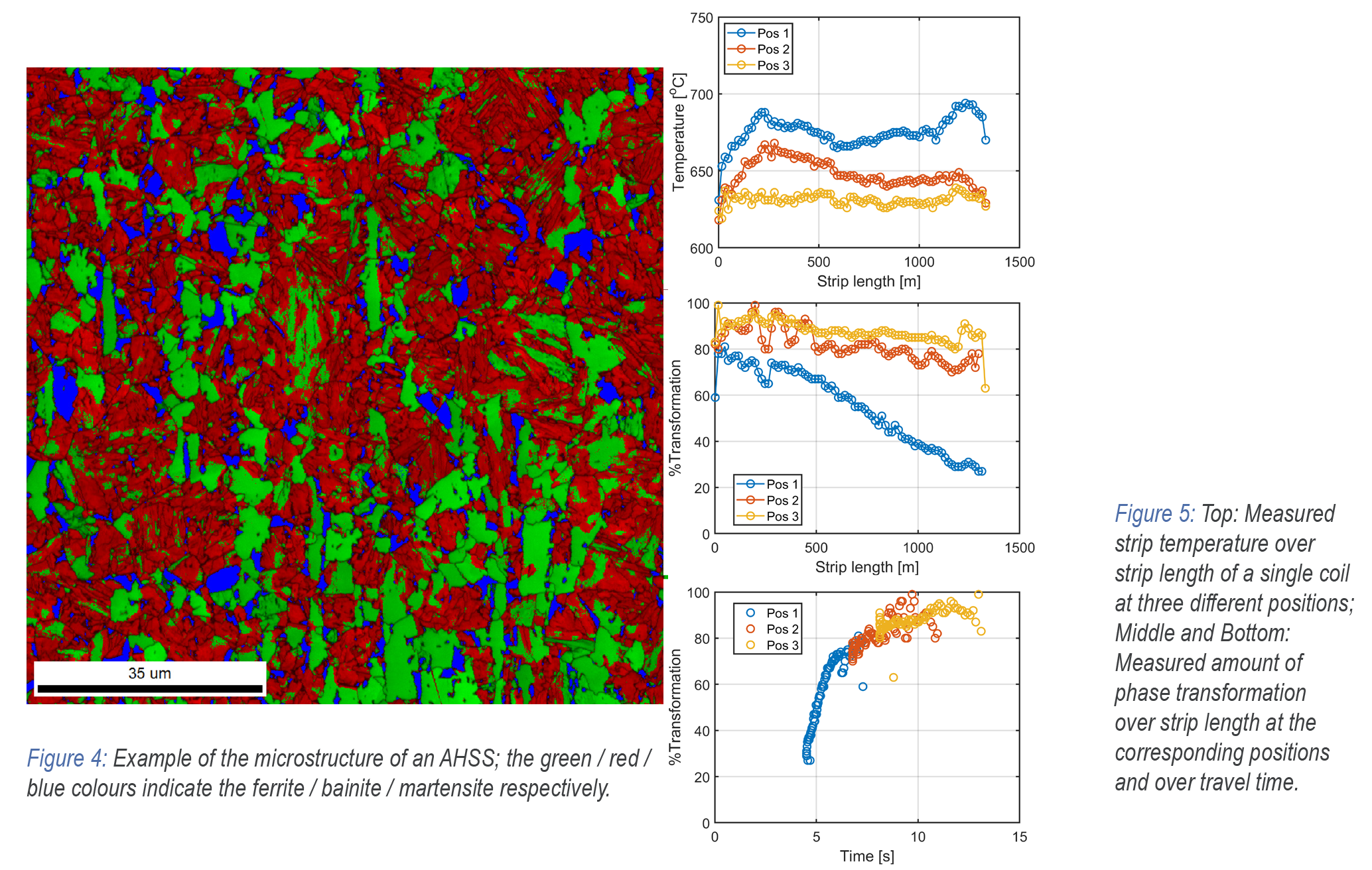THE DIGITAL TRANSFORMATION
In Steel Manufacturing
Introduction
The history of making iron goes back more than 3000 years; it was then produced and used only locally and incidentally. Steelmaking in larger volumes only started in the second half of the 19th century. In the Netherlands, large volume ironmaking began in 1924 with the commissioning of the first blast furnace in IJmuiden, after the foundation of the company Koninklijke Nederlandsche Hoogovens in 1918. The industrial site has expanded ever since and has become an integrated site comprising about 20 individual factories. With its production capacity exceeding 7 Mtonnes of steel per year, the IJmuiden site is positioned in the top 3 of steel production sites in Europe.
The first steps in process automation were made in 1965 with the purchase of a “Programmable Data Processor” PDP-5 computer, which was used to make calculations on the spectral lines from an arc discharge on a steel sample to deduce its composition and detect unwanted impurity elements. In 1980, still, only 20 – 30 “powerful” PDP-8 computers were used for dedicated automation tasks at the site. Late ’80s and early ’90s the use of computers and programmable logic controllers (PLCs) in process automation took off.
In these early times of automation, the individual factories had their own IT systems and local networks since the IT infrastructure was only meant for local process control and product logistics. In recent years, a rapid transformation has occurred, where IT systems have been modernized, interconnected and through-process data were aggregated. This allowed for through-process data analysis and through-process optimisation of product quality and logistics. The importance of harmonisation of data and IT infrastructures is of particular importance when one realises that for a single steel product, the supply chain consists of about 9 factories to convert the iron ore into coils of zinc-, tin- or nickel-coated steel strip (“endless” flat plate) for automotive, construction and battery sectors.
These days, all sensor data and process data are aggregated in databases. They can be accessed in near-real time at the point of origin, and within minutes, the same (non-image) data is available to all data specialists over the entire site.
The time-scale for image type data is similar, but bandwidth and storage capacity limit access. These data are not typically stored indefinitely, and analysis algorithms are normally carried out at the source. Per day, 1-2 TB of data is collected.

Major challenges to overcome were in synchronising of these data through the production chain to ensure that it corresponds to the same physical section of the product.
Prospects for Big Data in steel manufacturing
The initial reason for collecting all data was to carry out evidence-based checks on the product quality and to learn which deviations of the designed process conditions occur and which effects these have on the product, the process itself and the subsequent production processes, including root cause analysis studies. These tasks of learning and validation are still predominantly carried out by humans with the help of computers but are expected to become gradually taken over by artificial intelligence and expert systems.
The collection and connection of all process and product data over the entire manufacturing chain have additional benefits, such as:
- Use of Big Data (literature data and proprietary data) for new product development
Here the challenge is to find the right chemical composition and recipe to achieve the required properties and to create a “machine” for predictions on microstructure-property relations of new (not yet realised) products. - Improvement of models used for process control
The wide variety of steel manufacturing processes involve many models to master these processes. Process control models are generally based on theoretical models from literature complemented with laboratory testing results and experience from full-scale plant production. Big data support the further development, adaptation and validation of these models. Whereas the priority is on scientific understanding of the physics, chemistry and metallurgy during the production processes, certain products with complex microstructures in combination with less-controlled process conditions profit from an approach where large amounts of data are aggregated and analysed with black box techniques like neural networks to provide more accurate predictions.These data-driven black box models can be used as local or temporary solutions in certain complicated cases where analytical models do not (yet) achieve the required performance. Another approach is the development of gray box models where neural networks are combined with physical or empirical models. In certain cases, existing process models, such as finite element or finite volume models, provide good accuracy, but need to be faster to be run as a digital twin. Here, machine learning (ML) can bring a solution where the ML model is trained by running many different simulations with the numerical FEM model, resulting in a model which is both sufficiently accurate and fast.
- Novel robust sensing techniques which characterise the product properties in real-time.
Digital transformation starts with the ability to produce reliable data with a frequency that captures the dynamics of the process. The use of real-time sensor data in combination with real-time process control models could fine-tune the process to obtain more uniform properties. The data generated by inline sensing instruments can also be used to validate existing models or train new data-driven process models discussed in the previous item. An example is illustrated in the case study below. - Horizontal integration and supply-chain optimisation.
With trustful sharing of product data with Tata Steel’s customers, they can dynamically optimise the settings of their processes. Customer processes typically involve hot- and cold-forming and welding. Ideally, the recommended process settings are outputs from a “digital twin” of these processes, comprising accurate descriptions of the interaction between “machine” and “material”. Similarly, when iron ore and steel scrap suppliers share data on compositional analysis with Tata Steel, processes can be better tuned, with associated cost and environmental benefits. - Life-cycle assessment analysis (LCA).
The coupling of process data from the chain of production facilities is also useful for analysing sustainability-related impact factors like the CO2 footprint, or water usage, for a given product or process. The need for these data will grow with the advent of the material passport to enforce enhanced circularity of materials. In the case of steels for automotive applications, the life cycle assessment approach applies not only to the steel of the car but also to all components and the entire cycle of its production, use and disposal, as illustrated in Figure 1.

Case: inline sensing of microstructure of steel
In the past 25 years, Tata Steel R&D has invested significantly in collaborative international research with universities and specialised high-tech companies to develop sensing solutions which deliver non-destructively and in real-time information on the microstructure of steel being produced. These so-called “inline sensors” are mounted in the production line and measure contact-free on the steel strip which passes by at a production speed in the range of 2 – 20 m/s. Commonly, every 2 metres of strip, a measurement value is produced. For comparison, a coil of steel for automotive applications has a strip length in the order of 2000 metres.
An important complication in the technology development are the harsh conditions in which the sensors have to operate reliably: high strip temperature (up to 800 °C) and dust and cooling liquids, as depicted in Figure 2. These measurement conditions often guide the selection of the appropriate sensing technology, next to obvious factors such as the quantity to measure and the required performance. Due to their non-destructive and non-contact nature the inline sensors are typically based on magnetic or radiation principles. Figure 3 shows a photo of a magnetic induction based sensor measuring the phase transformation in the hot strip mill in the conditions illustrated by Figure 2. This sensor technology is unique worldwide and only installed at Tata Steel in IJmuiden, hence providing significant competitive advantage.
The data generated by these sensors prove to be particularly valuable for the development and reliable production of the newest generation steels, the so-called “Advanced High Strength Steels” (AHSS), which provide significantly higher strength than the more conventional “High Strength Steels”. AHSS steels owe their high strength to the presence of hard metallurgical phases like “bainite” and “martensite”, which are finely dispersed in the ferrite matrix. Figure 4 shows an example of such a complex phase microstructure as obtained by EBSD (electron back-scatter diffraction) where different colours have accentuated the individual phases. When made from AHSS, the steel components used in cars and trucks deliver better safety performance and also can be made thinner, thereby saving weight which is beneficial for the reduction of CO2 emissions and energy use during service.
Traditionally, new product development starts with theoretical modelling, experimental process simulations and product testing in the laboratory, followed by time-consuming plant trials where the process parameters are tuned. The recent installation and calibration of the array of the phase transformation sensors has enabled us to study in-situ the phase transformation behaviour as a function of time and cooling path. In this way, the time-to-market for new products can be shortened.
Figure 5 shows an example where first, the temperature of the steel strip is depicted over strip length for three positions along the cooling section of the hot strip mill. The middle plot indicates the amount of phase transformation measured by the induction sensors over strip length at the same sensor positions. These data have been combined with the strip speed (which increases for increasing strip length during the first ~1000 m of strip length) to yield the “transformation-over-time” curve as presented in the last plot.

The transformation-over-time curve can be directly compared with predictions from metallurgical models and laboratory data for phase transformation, providing an evidence-based method for fast iteration to the definition of the factory process conditions that deliver the designed microstructure and the desired mechanical properties of the new steel grade. This is especially worthwhile for AHSS steels since their complicated multi-phase microstructure is much more sensitive to the exact temperature path and transformation trajectory than conventional steels.
Conclusions and Outlook
For the traditional manufacturing sectors with both a long history and a long supply chain, like the steel and car industries, digital transformation involves huge efforts and investments in organisational alignment, technology development and IT infrastructure. The drivers for the digital transformation are manifold: to stay competitive in a global market, both cost-wise and quality-wise; to become more sustainable and provide insights into the ecological footprint of processes and products; and to prepare for the transformation to a circular economy, where there is a need to know the origin and composition of the re-taken end-of-life products. The significance of data, in particular high-quality and high-impact data, and the use of data-driven technologies will continue to grow in the next decade.
This article highlighted our development and implementation of a unique, dedicated sensor technology that successfully delivers high-quality data. This significant achievement plays a pivotal role in facilitating the production of advanced high-strength steels, which help making cars safer and lighter, reducing their energy use and improving their CO2 footprint.